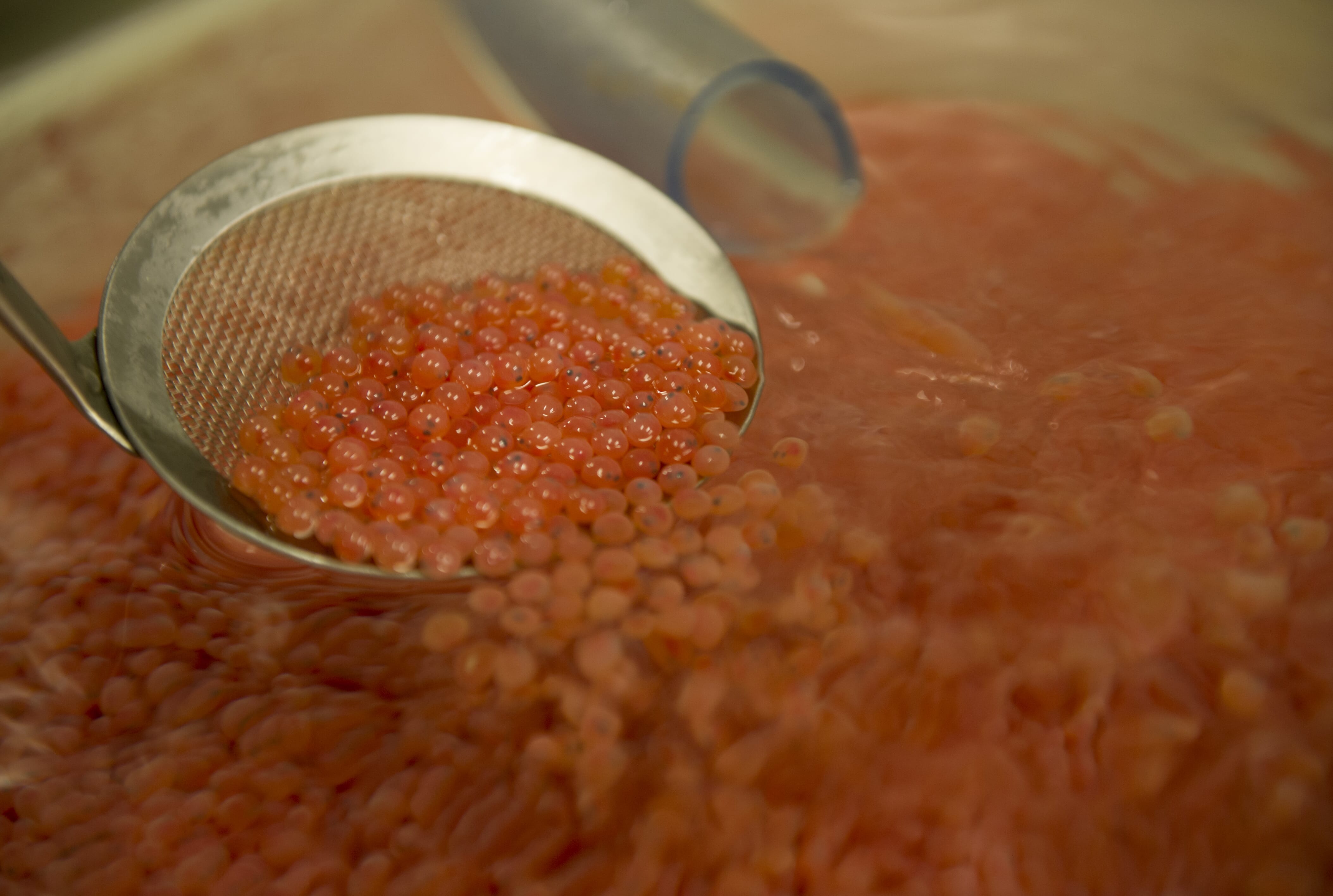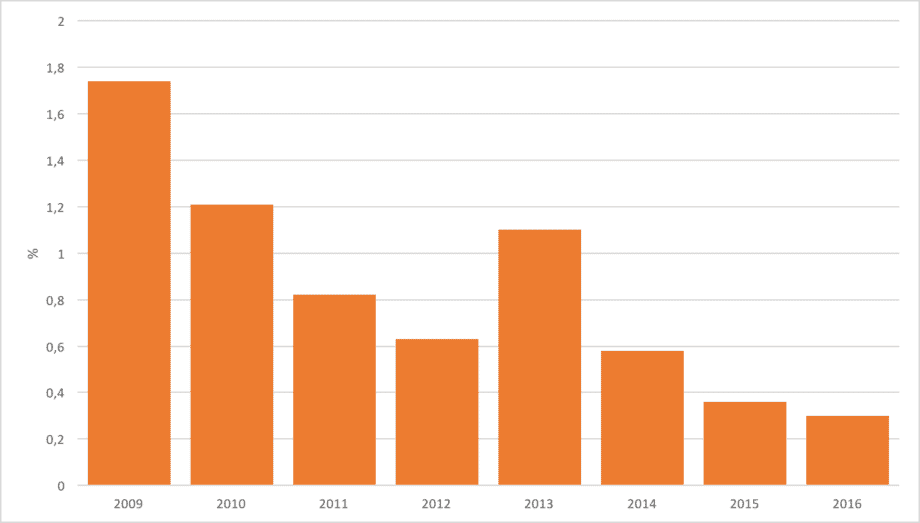A unique environment
It has been shown that the ISA virus can infect vertically (Marshall et al. 2014), so keeping the entire system free of ISAV is crucial both for the broodfish in production and for customers receiving ova. Benefiting from nature’s ground heat and water, and expertise built through 25 years of salmon breeding, Stofnfiskur can safely claim to be a world leader when it comes to ISA-free ova. The firm keep their brood fish and produce eggs in closed, land-based units. Water, both sea and fresh, comes from underground sources that do not contain salmon pathogens. Strict quality control, with frequent sampling and analyses, ensures that the water is in accordance with regulatory requirements and the company’s own standards.

Stofnfiskur production is also audited by Sernapesca in Chile and OIE, the World Organization for Animal Health. ISA has been especially aggressive in Chile, and Chilean authorities take strict measures to prevent new outbreaks. Stofnfiskur is currently the only company in the world with permission to import salmon eggs to Chile, documenting that its production sites and fish are free of the virulent form of ISAV; ISAV HPR-deleted.
Since 2009 Stofnfiskur routinely screen fish by PCR to ensure and document that the fish do not carry the ISA virus. Before 2009, a large number of tests in cell lines (CHSE-214) were performed annually. In 2016, samples from close to 13,000 fish were analyzed by PCR. None of the samples were positive for virulent ISA.
Screening for HPR0
HPR0 is a non-virulent variant of ISA virus. This means that fish carrying the HPR0 variant, are not suffering a clinical ISA outbreak. Over the years, researchers have discussed whether HPR0 variants may evolve to become virulent and therefore pathogenic. Christensen et al. (2011) reported that, despite the detection of the HPR0 variant of the virus in 8.1% of the fish that were screened in the Faroe Islands, no virulent virus was found. The authors concluded that there was little danger that a bystander HPRO variant would be the source of outbreaks of clinical ISA.
Stofnfiskur has nevertheless chosen to screen fish used for breeding for HPR0; tissue from both heart, gills and kidneys are analyzed. This monitoring has been conducted since 2009. The results show that the proportion of fish where HPR0 was found has reduced from 1.8% in 2009 to 0.3% in 2016 (Figure 1). This has been a precautionary measure; stricter than government orders in some of the countries where the company exports ova.

At the Frisk Fisk Conference in Bergen last month Christensen et al presented new findings, indicating that HPR0 can change into a virus variant that provides mild clinical outbreaks. Stofnfiskur’s decision to screen HPRO out of its broodstock population thus proves to be wise, and work is continuing with the goal of a population free from HPR0.
Natural resistance against ISAV
ISAV is one of the viruses Stofnfiskur perform challenge trials for, as part of its breeding programme since 2014. Sister company SalmoBreed has worked continuously with ISAV since 2001. Both family selection and genomic selection are included in the ISA work and both companies aims to deliver ova with increased resistance against ISA.
All sampling and PCR assays are done in cooperation with the Icelandic FSA. The results presented above are in cooperation with Gisli Jonsson from the Icelandic Food and Veterinary Authority.
References
Christensen, D., MacBeath, A., Aamelfot, M, Matejusova, I. Four Rier, M., White, P., Petersen, P. and Falk, K. (2017) Transition of ISAV_HPR0 two ISAV-HPR-deleted Abstract Frisk Fisk conference Page 24.
Christensen, D., Østergård, P., Snow, M., Dale O. and Falk, K. (2011) A low-pathogenic variant of infectious salmon anemia virus (ISAV-HPR0) is highly prevalent and Causes a non- clinical transient infection in Farmed Atlantic salmon (Salmo salar L.) in the Faroe Islands Journal of general virology, 92, 909-918.
Marshall, S., Ramires, R., Labra, A., Carmona, M. and Munos, C. (2014) Bona Fide Evidence for natural vertical transmission of Infectious Salmon Anemia Virus in freshwater brood stocks of Farmed Atlantic Salmon (Salmo salar ) in Southern Chile. Journal of Virology 88 (11) 6012-6018.


